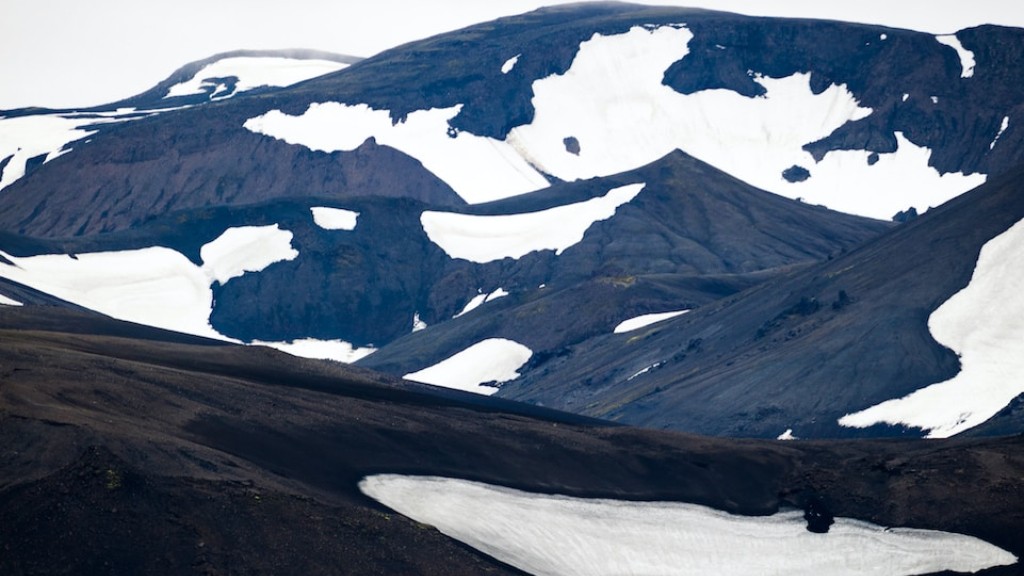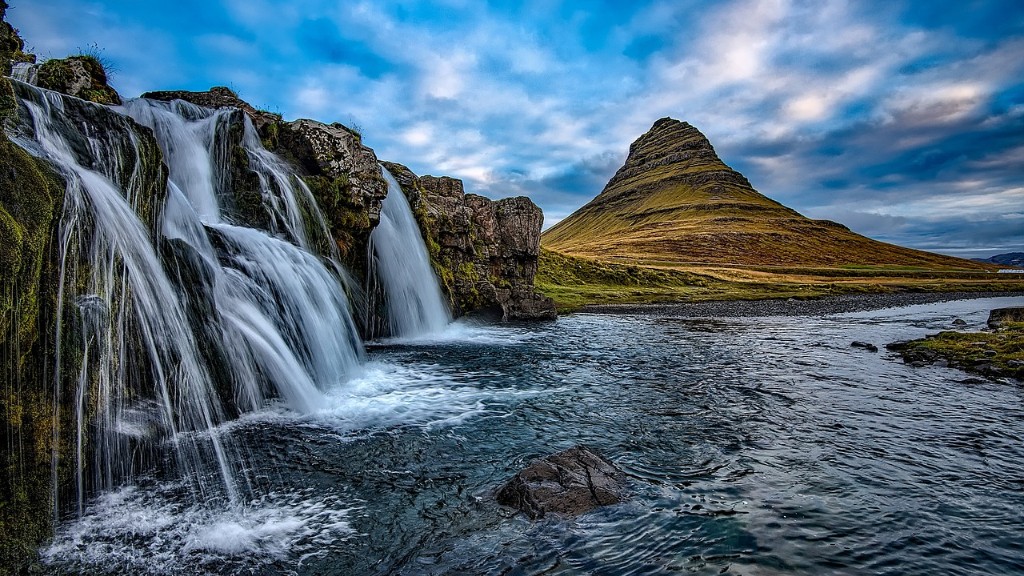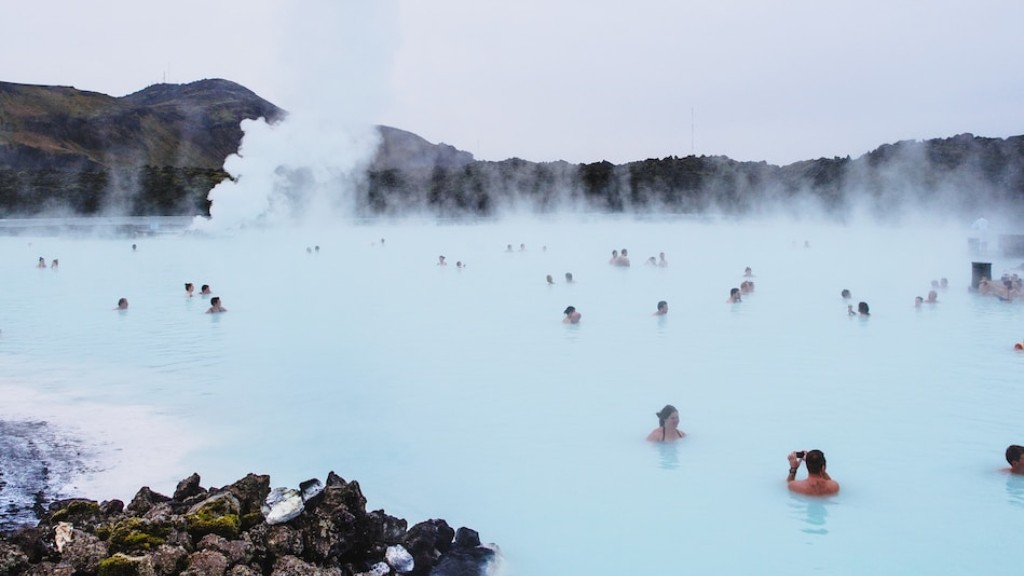Bus vs Car Travel in Iceland
Iceland is a country known for its stunning landscapes and natural beauty. Tourists from all over the world flock to this Nordic island to experience its unique geology, including geysers, hot springs, and glaciers. When it comes to exploring Iceland, many travelers face the decision of whether to travel by bus or rent a car. Each option has its own advantages and disadvantages, and understanding them can help you make an informed choice for your Icelandic adventure.
Background Information
Iceland’s road infrastructure is well-maintained, making it easier for tourists to access various attractions across the country. The popular Ring Road, also known as Route 1, connects most of Iceland’s must-see sights, including waterfalls, volcanoes, and national parks. While Iceland’s public bus system covers major towns and tourist destinations, it may not offer the same level of flexibility and accessibility as a private car.
Bus travel in Iceland is generally considered more budget-friendly compared to renting a car. Several bus companies offer guided tours with predefined itineraries, allowing tourists to sit back, relax, and enjoy the scenery while an experienced guide provides insights along the way. This option is particularly popular among solo travelers, individuals on a tight budget, or those who prefer a hassle-free experience without the need for driving.
On the other hand, renting a car in Iceland provides travelers with the freedom to explore at their own pace and venture off the beaten path. With a car, you have the flexibility to stop whenever you spot breathtaking landscapes or hidden gems that might not be included in organized bus tours. It allows you to create a personalized itinerary based on your interests and preferences, making it a popular choice for families, couples, or groups of friends.
Expert Perspectives
According to travel expert John Davis, “Bus travel can be a great option for those who want a stress-free experience and don’t want to worry about driving, navigating, or planning the route. It’s an opportunity to sit back, relax, and let someone else take care of the logistics.” He further adds, “For solo travelers or those on a limited budget, bus tours provide a cost-effective way to explore the beauty of Iceland while making new friends along the way.”
Dr. Elizabeth Morris, a geologist specializing in Iceland’s unique terrain, argues that “Private car rentals offer the advantage of exploring lesser-known areas not covered by bus routes. Iceland has so much hidden beauty beyond the tourist hotspots, and a car allows you to venture into off-the-beaten-path destinations, experiencing the untouched wonders of this majestic land.”
Insights and Analysis
When deciding between bus and car travel in Iceland, it’s essential to consider your travel preferences, budget, and desired level of flexibility. If you value convenience, affordability, and meeting fellow travelers, bus tours may be the ideal choice. On the other hand, if you seek the freedom to explore at your own pace, discover hidden gems, and have control over your itinerary, renting a car is likely the better option.
It’s worth noting that Iceland’s weather can be unpredictable, and road conditions can vary depending on the season. In winter, driving in Iceland can be challenging due to snow, ice, and limited daylight hours. In such cases, bus travel offers a safer alternative, as experienced drivers navigate the roads. Additionally, some remote areas of Iceland may require a 4×4 vehicle, so it’s essential to check the specific requirements of your chosen destinations.
Ultimately, the decision between bus and car travel in Iceland comes down to personal preference and the kind of experience you wish to have. Both options have their advantages, and by considering your priorities and weighing the pros and cons, you can make an informed choice that suits your needs and enhances your Icelandic adventure.
Section 1: Scenic Highlights
Iceland is famous for its breathtaking natural attractions. Here are some of the scenic highlights you can explore:
- The Golden Circle: This popular tourist route includes the geothermal area of Geysir, the magnificent Gullfoss waterfall, and the historic Þingvellir National Park.
- The South Coast: Stretching along Route 1, this region showcases stunning waterfalls like Seljalandsfoss and Skógafoss, as well as the black sand beaches of Reynisfjara.
- The Snæfellsnes Peninsula: Located in western Iceland, this area features the picturesque Snæfellsjökull volcano, the charming town of Stykkishólmur, and dramatic coastal cliffs.
Section 2: Tips for Bus Travel
For those considering bus travel in Iceland, here are some valuable tips:
- Research different bus companies and their itineraries to find the tour that suits your interests and desired destinations.
- Check the duration of the bus tours and ensure you have enough time to explore each stop comfortably.
- Bring warm clothing, as bus journeys may involve outdoor stops where the weather can be chilly.
- Remember to pack some snacks and water, especially for longer bus trips.
- Consider booking in advance, especially during peak tourist seasons, to secure your seat.
Section 3: Renting a Car in Iceland
If you decide to rent a car for your Icelandic adventure, here are some essential things to know:
- Choose the appropriate car size for your group and consider the need for a 4×4 vehicle, depending on your chosen destinations.
- Research and book your car rental in advance to secure the best rates and availability.
- Be aware of Iceland’s traffic rules, including speed limits and regulations regarding off-road driving.
- Ensure you have comprehensive insurance coverage for your rental car, considering the potential risks of icy roads and unpredictable weather.
- Always carry a map or have a reliable GPS system to navigate through Iceland’s diverse landscapes.
Section 4: Safety Precautions
Regardless of your chosen mode of transportation, it’s crucial to prioritize safety during your Icelandic journey:
- Monitor weather conditions regularly and adjust your travel plans accordingly.
- Check road conditions and closures before setting off, especially during winter or inclement weather.
- Inform someone of your travel itinerary, including estimated arrival times and planned stops.
- Carry emergency supplies, such as water, non-perishable food, and warm clothing, in case of unexpected delays or adverse conditions.
- Respect the environment and follow guidelines to preserve Iceland’s delicate ecosystems.



